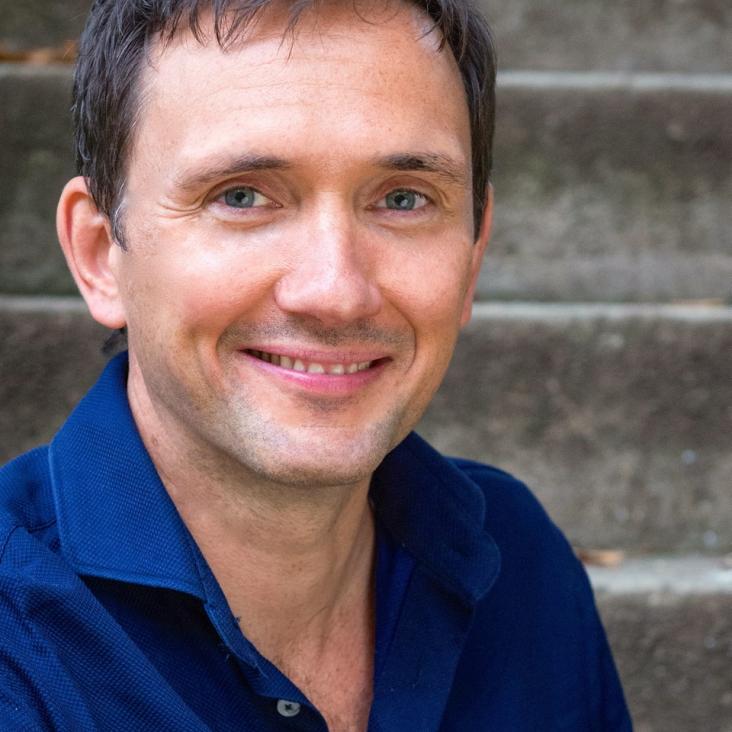Robustness and stability of spin-glass ground states to perturbed interactions
Abstract:
Across many problems in science and engineering, it is important to consider how much the output of a given system changes due to perturbations of the input. Here, we investigate the glassy phase of ± J spin glasses at zero temperature by calculating the robustness of the ground states to flips in the sign of single interactions. For random graphs and the Sherrington-Kirkpatrick model, we find relatively large sets of bond configurations that generate the same ground state. These sets can themselves be analyzed as subgraphs of the interaction domain, and we compute many of their topological properties. In particular, we find that the robustness, equivalent to the average degree, of these subgraphs is much higher than one would expect from a random model. Most notably, it scales in the same logarithmic way with the size of the subgraph as has been found in genotype-phenotype maps for RNA secondary structure folding, protein quaternary structure, gene regulatory networks, as well as for models for genetic programming. The similarity between these disparate systems suggests that this scaling may have a more universal origin.
Predicting phenotype transition probabilities via conditional algorithmic probability approximations
Abstract:
Unravelling the structure of genotype–phenotype (GP) maps is an important problem in biology. Recently, arguments inspired by algorithmic information theory (AIT) and Kolmogorov complexity have been invoked to uncover simplicity bias in GP maps, an exponentially decaying upper bound in phenotype probability with the increasing phenotype descriptional complexity. This means that phenotypes with many genotypes assigned via the GP map must be simple, while complex phenotypes must have few genotypes assigned. Here, we use similar arguments to bound the probability P(x → y) that phenotype x, upon random genetic mutation, transitions to phenotype y. The bound is P(x→y)≲2−aK~(y|x)−b , where K~(y|x) is the estimated conditional complexity of y given x, quantifying how much extra information is required to make y given access to x. This upper bound is related to the conditional form of algorithmic probability from AIT. We demonstrate the practical applicability of our derived bound by predicting phenotype transition probabilities (and other related quantities) in simulations of RNA and protein secondary structures. Our work contributes to a general mathematical understanding of GP maps and may facilitate the prediction of transition probabilities directly from examining phenotype themselves, without utilizing detailed knowledge of the GP map.


